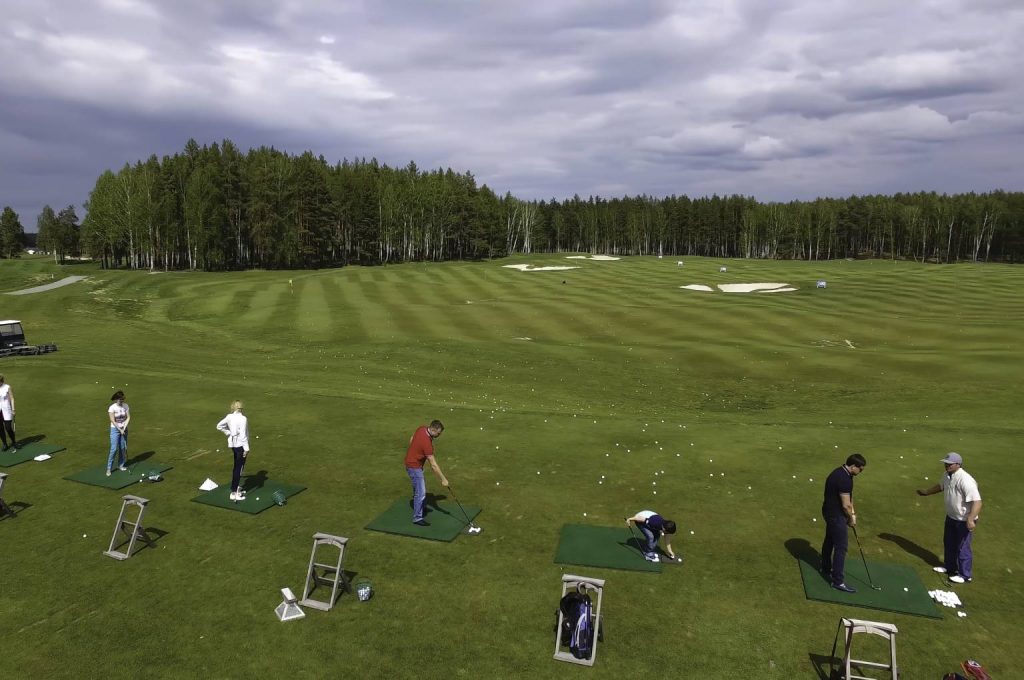
In the fast-evolving landscape of golf in India, the demand for world-class practice facilities is growing rapidly. Enter the golf course practice academy designer—a professional who not only designs training spaces but elevates the learning experience for all types of golfers. Whether it’s a short game zone or a full-scale driving range, these architects balance precision design with player-centric layouts. A seasoned golf architectural design architect integrates technology, accessibility, and sustainability into every element of a practice academy. India’s top golf design companies and golf course architecture firms are focusing on smart, space-efficient academies that foster skill development. With a golf designer architecture firm at the helm, such academies can become the heart of golf instruction for clubs, schools, and real estate projects alike. This blog offers a deep dive into the elements that make up a modern golf practice facility and why choosing the right golf design architect is essential for future-ready golfing infrastructure.
The modern golf academy is no longer just a collection of nets and mats. Today’s academies are carefully designed environments that support training, testing, and performance. A golf course practice academy designer golf architectural design architect
crafts these spaces to accommodate all levels of skill and ensure usability throughout the year.
This specialist goes beyond aesthetics—focusing on functionality, traffic flow, safety zones, and multi-skill areas. The best golf architectural design architects understand player psychology and design spaces that allow individuals to train more efficiently and with greater confidence.
Key features include a driving range, putting green, chipping zones, bunkers, target fairways, and shaded practice areas. A competent golf design architect designs these elements with proportion, spacing, and practice flow in mind.
Advanced academies now include swing analyzers, launch monitors, and real-time feedback systems. Top golf designer architecture firms plan academy layouts that accommodate technology without compromising aesthetics. These tools are vital in attracting professionals and beginners alike.
In India, land constraints, budget limitations, and climate variability are significant challenges. Leading golf course architecture firms know how to design compact yet highly effective academies that require low maintenance but deliver high impact.
Practice academies are increasingly part of real estate golf projects and membership clubs. A golf designer architecture firm works with both stakeholders and developers to ensure that the facility is aesthetically aligned and functionally beneficial to the community.
The top golf design companies in India combine strategic planning, cost-efficiency, and sustainability in their golf academies. Their designs reflect a deep understanding of the Indian golfer’s needs and climate-specific construction techniques.
GDI has been at the forefront of practice academy design, offering turnkey development for standalone academies and integrated facilities. With an in-house team of golf design architects and construction managers, GDI creates sustainable and accessible training spaces that meet global standards while being tailored for India’s unique context.
A golf course practice academy designer creates functional training zones within golf facilities. They incorporate short game areas, driving ranges, and tech integration to ensure comprehensive practice for golfers of all levels.
Golf academies add value to both real estate and club offerings. They attract golf enthusiasts, improve member satisfaction, and provide structured training environments that enhance player engagement and skill development.
A golf architectural design architect ensures space efficiency, safety, and usability in every section of the academy. Their expertise is critical in optimising layouts for flow, environmental integration, and aesthetic appeal.
Top golf design companies bring experience, innovation, and knowledge of local challenges. They build sustainable and durable facilities that balance training effectiveness with long-term maintenance.
GDI designs academies that incorporate modern features like swing analyzers, shaded bays, and multi-skill areas. Their process ensures optimal performance, minimal maintenance, and integration with real estate or club infrastructure.
